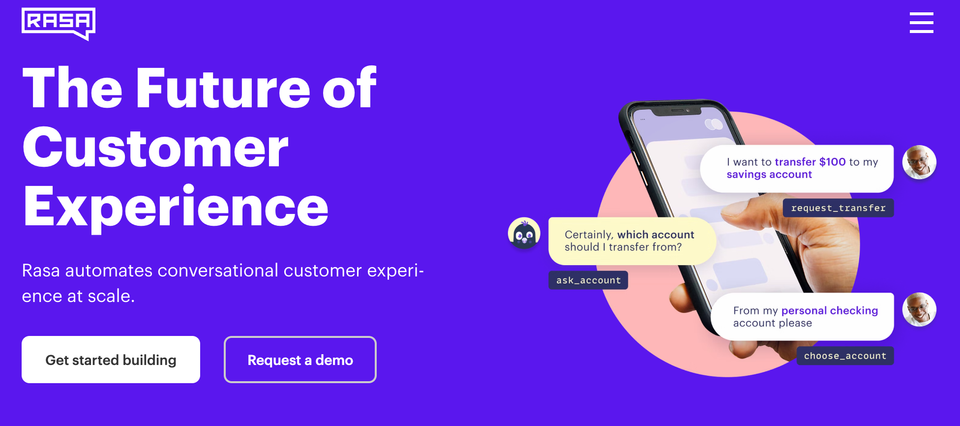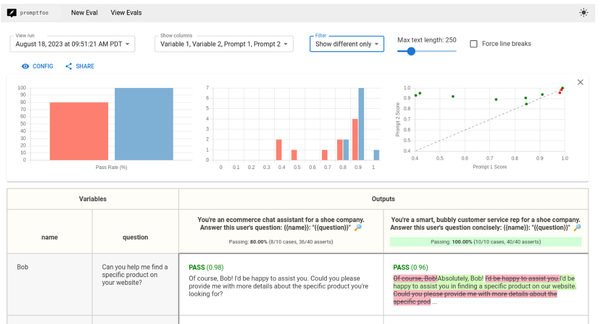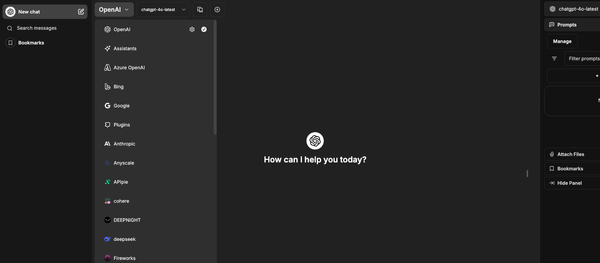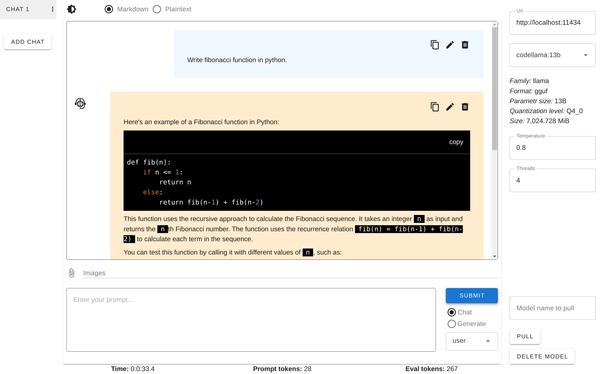Rasa is a Machine Learning Framework For Building Text and Voice Intelligent Conversations
Rasa is a free and open-source community-powered machine learning framework to automate text- and voice-based conversations.
It allows you to build an intelligent contextual assistants on:
- Facebook Messenger
- Slack
- Google Hangouts
- Webex Teams
- Microsoft Bot Framework
- Rocket.Chat
- Mattermost
- Telegram
- Twilio
You can also integrate it directly with your own enterprise and private messaging service.
If also supports building voice assistants on Alexa Skills, and Google Home Actions (Google Smart Home).
Rasa helps you build contextual assistants capable of having layered conversations with lots of back-and-forth.
In order for a human to have a meaningful exchange with a contextual assistant, the assistant needs to be able to use context to build on things that were previously discussed – Rasa enables you to build assistants that can do this in a scalable way.
Rasa is used as a backend for creating a live chat widget that integrate in any website, which you can find it here.
It also has its own "Botfront" a GUI to control the created bots.
License
Rasa is licensed under the Apache-2.0 License.
Resources
- https://github.com/rasaHQ/rasa
- Docs https://rasa.com/docs/
- https://rasa.com/
- https://github.com/botfront/botfront
- https://botfront.io/







